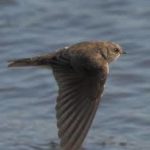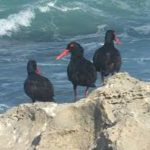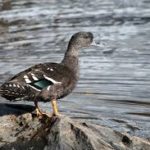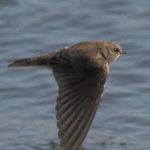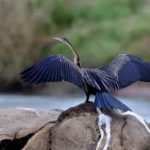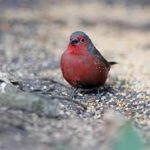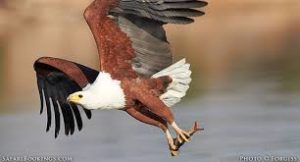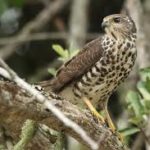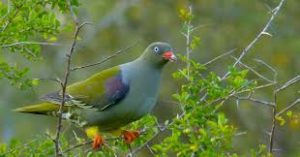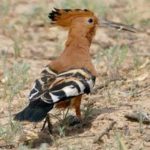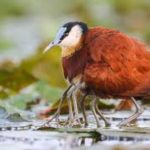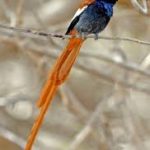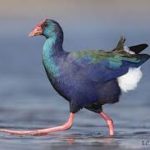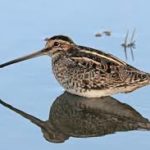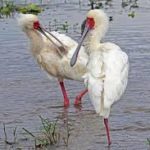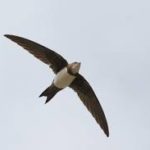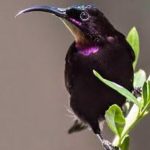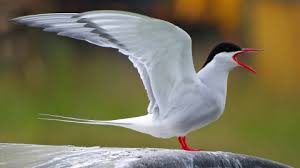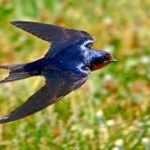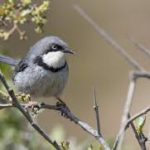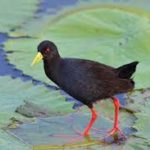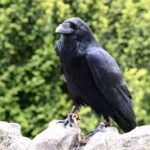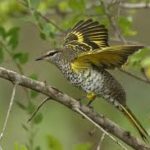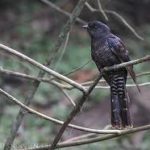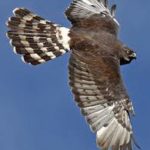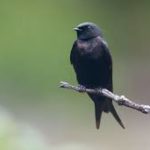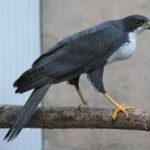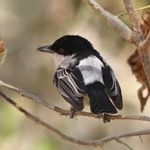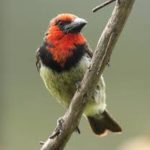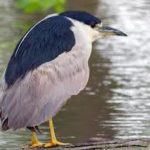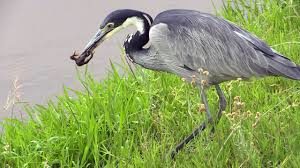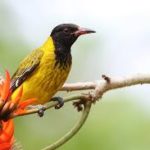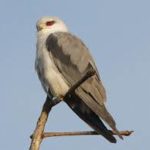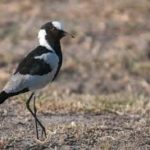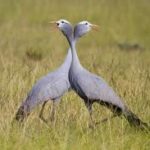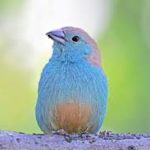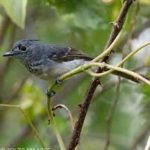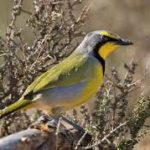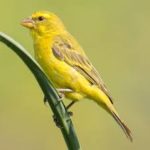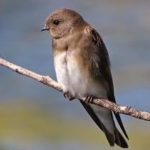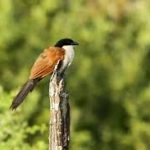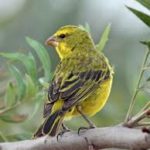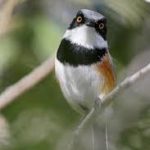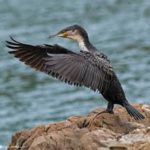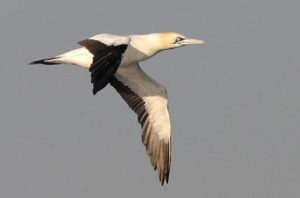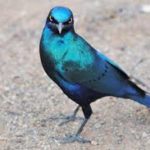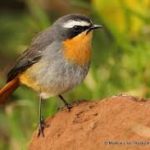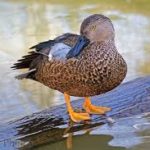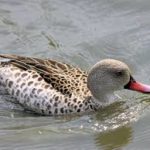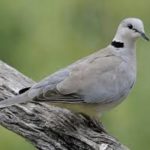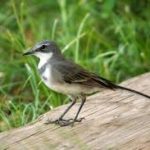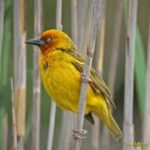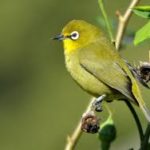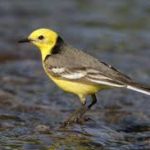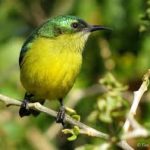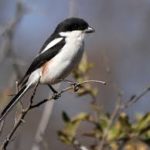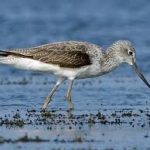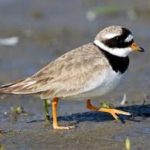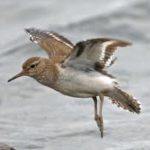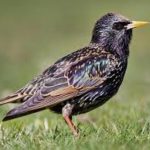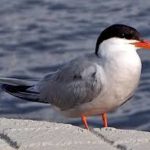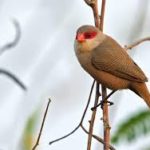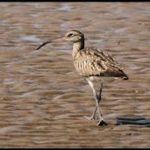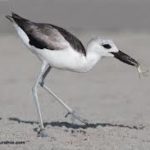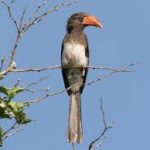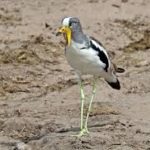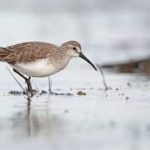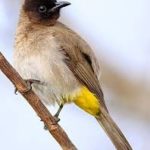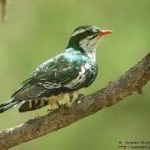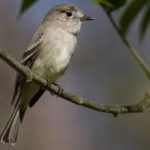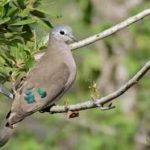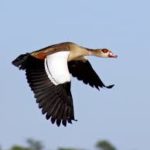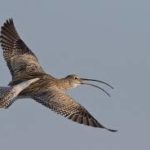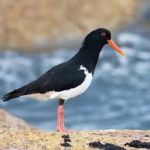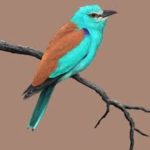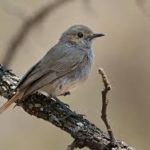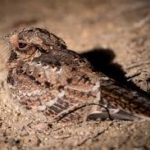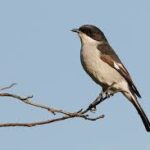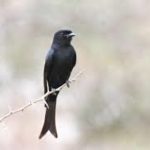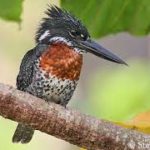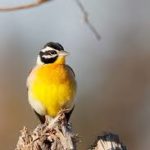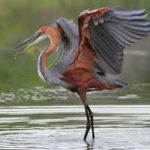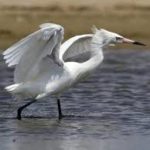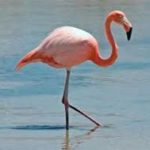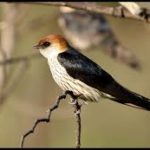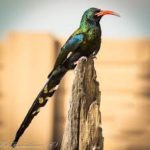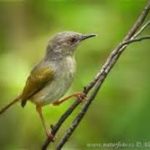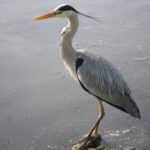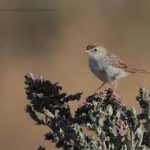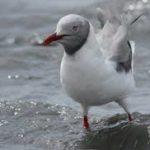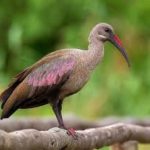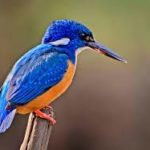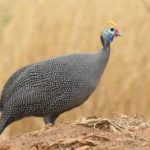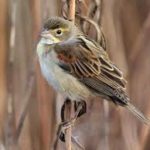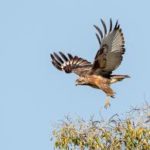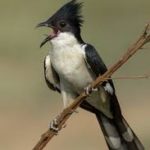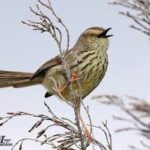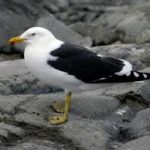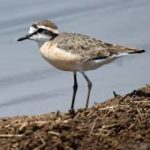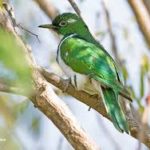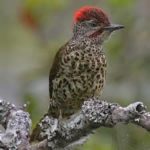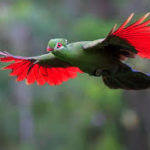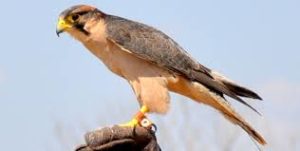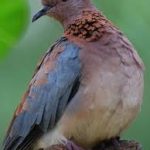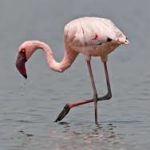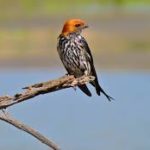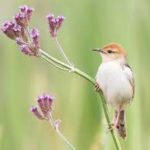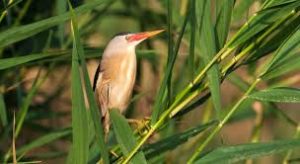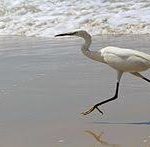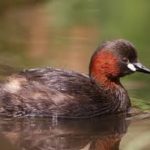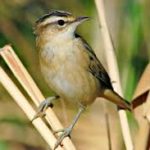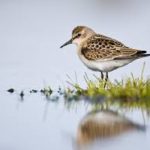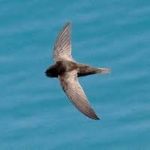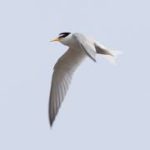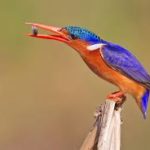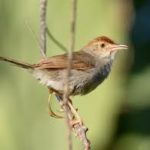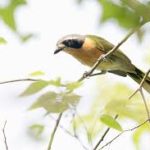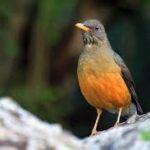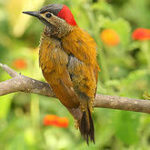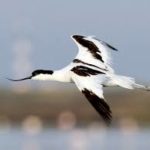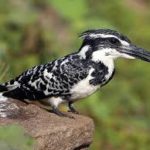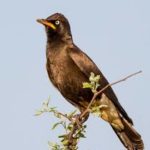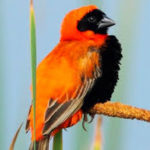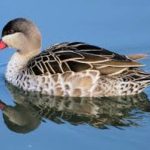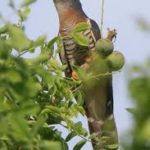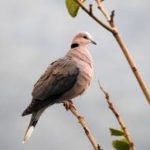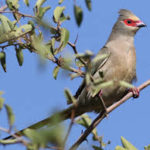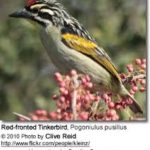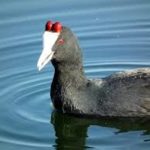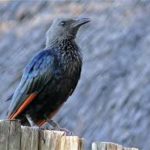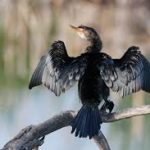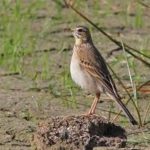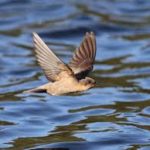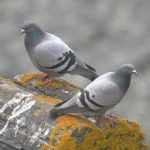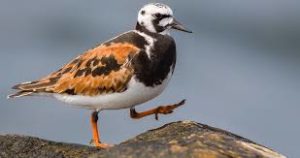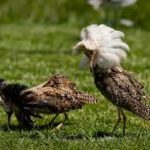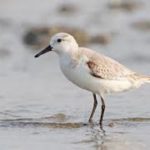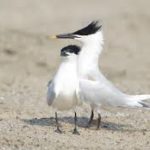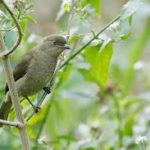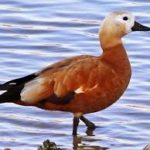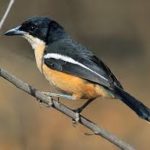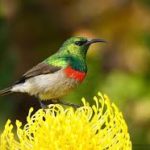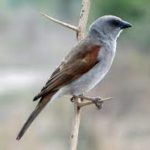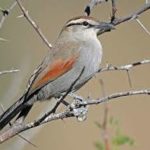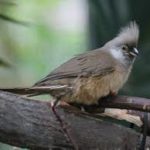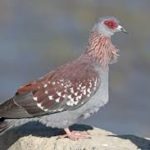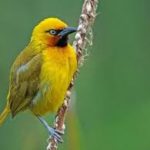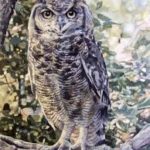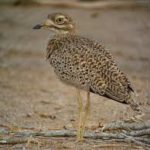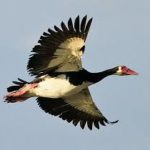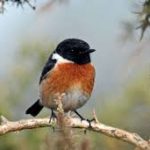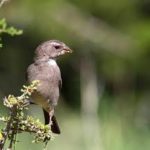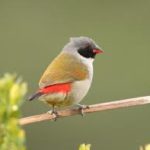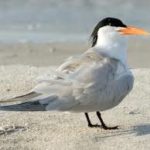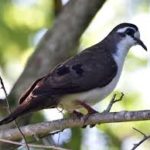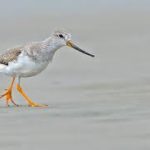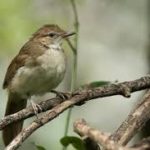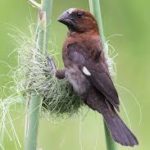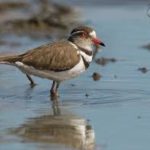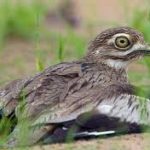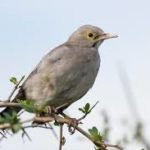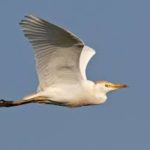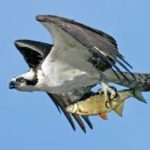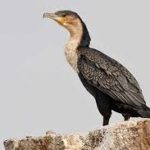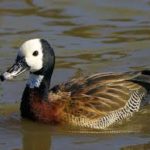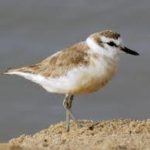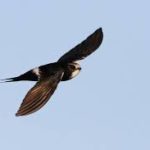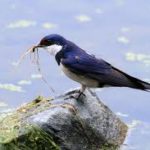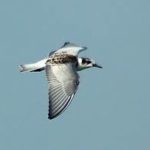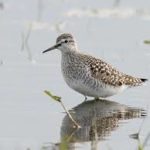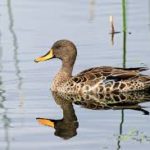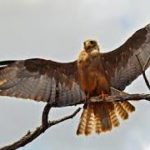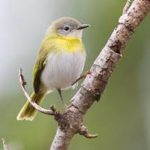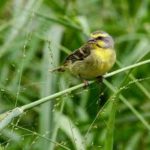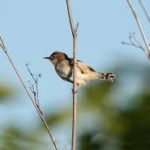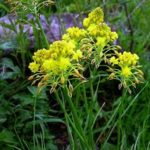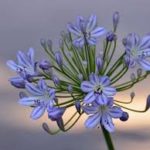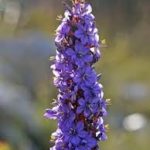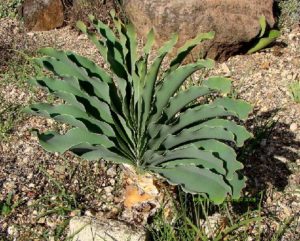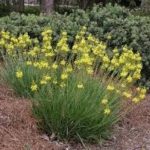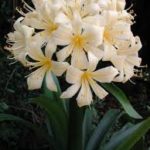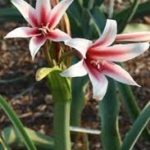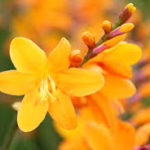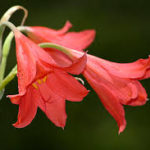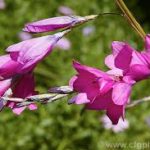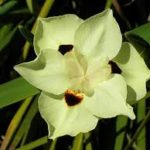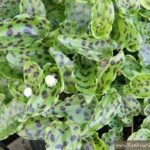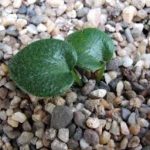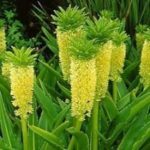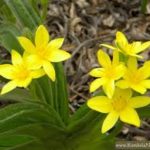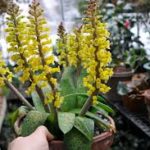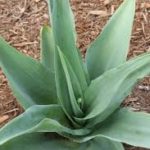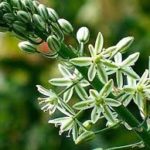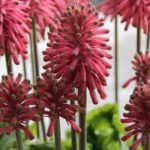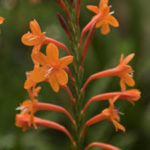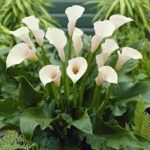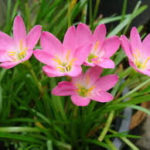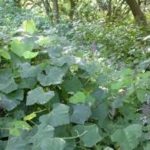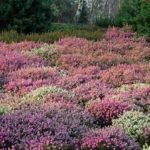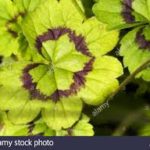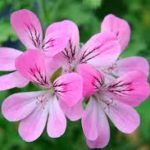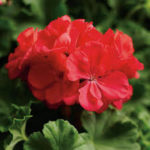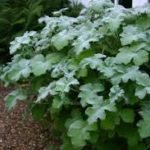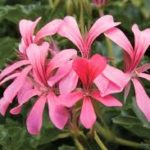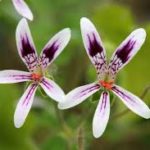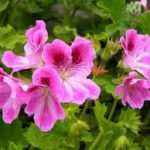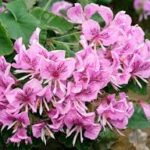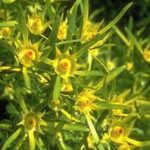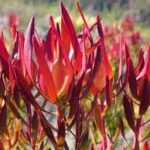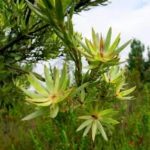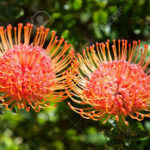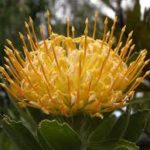Please kindly click on the headings below in order to view either Fauna or Flora.
FAUNA: GAMTOOS RESORT BIRDS
FAUNA: GAMTOOS RESORT BIRDS
Our area of interest includes the estuary, beach, dunes and vegetation around the resort. Happy birding!
FLORA: INDIGENOUS PLANTS & TREES COMMON TO THE GAMTOOS VALLEY
FLORA: INDIGENOUS PLANTS & TREES COMMON TO THE GAMTOOS VALLEY
INVASIVE VEGETATION
GAMHOA ALIEN INVASIVE PLANT ERADICATION PROGRAMME
In 2014, the Minister of Environmental Affairs published the Alien and Invasive Species Regulations which came into effect on 1st October of that year. The main aim of the legislation was to prevent more alien invasive species coming into the country and to halt the spread and to eradicate potentially damaging alien species already present. Invasive species have a devastating and negative impact on the natural diversity of organisms, human livelihoods and economic development. The law further provides for the protection of the country’s natural ecosystems and for the maintenance of their ecological integrity in a sustainable manner under various international agreements.
The list of invasive species (not native to a specific location) includes over 350 plants in various categories. In South Africa, invasive plants have taken over 10 million hectares of land (approximately the size of KwaZulu-Natal) and use over 7{65cd2cabf6cb7a6e1455a427de38906c3d2184dd982c17808781df5f1d16ce47} of our scarce water resources. Total consumption of South African households is about 10-12{65cd2cabf6cb7a6e1455a427de38906c3d2184dd982c17808781df5f1d16ce47} of available water supply.
The link between water supply and invasive plants relates to the excessive consumption of water by the invaders compared to indigenous species. Invasive plants not only deplete the country’s water supply, but also intensify wildfires and reduce agricultural productivity. Invasive plants of interest to GAMHOA are pines, gums (eucalypts), black wattle and rooikrans. Within the resort, rooikrans or Acacia cyclops, is particularly prevalent. It is listed under category 1b on the national list of invasive species of the National Environmental Management: Biodiversity Act, 2004 (Act No. 10 of 2004). Category 1b species must be controlled and the land owner must allow an authorized official from the Department to enter onto the land to assist with or implement the control of the listed invasive species.
Rooikrans was originally introduced in the late 1800’s from Australia and among other things, was used to stabilize wind-blown sand along the coast. Management strategies have now changed and active eradication programmes, based on ongoing research, are now underway to remove them. GAMHOA introduced an eradication programme at least a decade ago and we are progressively doing our best to clear the area of invasives. Here are key reasons why this is necessary:
- Rooikrans has the competitive advantage of colonizing soils where nutrient levels are naturally low.
- Natural vegetation is unable to colonize and grow when rooikrans becomes too dense – biodiversity is sharply reduced because of this and rooikrans patches expand.
- Live rooikrans is extremely flammable because of specific chemical compounds in the plant.
- Consequently, when rooikrans catches fire, it burns at a very high temperature – the high biomass associated with rooikrans stands also exacerbates the heat and strength of the fire.
- Once alight, the heat generated by burning rooikrans causes very strong updrafts and hot flames which reach high in to the air.
- These updrafts and wind transport embers long distances and new fires can start up far away from the source. Properties are at risk, even though we might be some distance away from rooikrans patches.
- Because of the heat generated, natural vegetation is destroyed.
Fire breaks also remain an option for GAMHOA, but if you consider the fact that the devastating wildfire in mid-2017 jumped 4 lanes of the N2, the verges of the N2 plus the central corridor between the two sets of lanes, you will realize that any fire break would need to be least 100 m wide to begin providing some protection to the resort under wildfire conditions. Also recall that the fire jumped the Van Stadens gorge to devastate Woodridge School while also jumping the corridor between the N2 and the R102 to cause substantial damage to African Dawn and Zebra Lodge (probably a few hundred metres). Such fires are devastating and were enhanced by expansive stands of about four exotics. We did a rough cost estimate and a 100 m wide fire break around our resort (20 – 30 km) would cost upwards of a million rand. However, fire breaks remain an option, but together with our neighbours, need to be carefully planned and positioned. It is more difficult to plan firebreaks for random fires or arson as experienced over the festive season of 2017-2018.
Since late 2017, GAMHOA management have increased the number of days our staff spend clearing exotics from the resort – about 4-5 days in the month. When staff become available between other jobs, patches are cut down. Dead stumps and roots provide some stability to the soil, but over time, these will rot and become part of the food web. Not all wood is removed from site and smaller alien branches are spread across open sand patches and this improves the chance of natural vegetation taking hold. The branches act like a mulch, providing shade, helping to reduce heat levels in the upper layers of sand and reducing moisture loss. This also means that the rainy season and cooler times of the year can be used to advantage.
Note that the principle we follow is termed natural succession. We don’t plant new trees but allow succession to take place in that simple plants such as creepers first take hold – they are fast-growing and tough. These pioneers provided added shade and protection and over time, the vegetation mix becomes more complex. A variety of insects, birds and animals return, and they bring in seeds from elsewhere which begin to recolonize the area. When the fruit eaters arrive, consider the vegetation well on its way to recovery. Obviously, dead rooikrans lying around is also a fire threat. So, this is where we can help by cutting dead rooikrans for another braai. With a bit of common sense, we can minimize trampling damage to newly established plants, as we look for those perfect bits of wood. However, please register your intention at the office to collect wood so we can monitor the situation.
We have also communicated with the Kouga Municipality to do their bit and start clearing the caravan park of the invasives. There was also a request for residents to assist by clearing their own stands of these exotic species. There is still much to do, but any help from residents such as joining our small fire-fighting unit to increase the effectiveness of the unit would be welcomed.
Compiled by Tris Wooldridge (Exco Environmental Portfolio)
NUISANCE BIRDS IN THE RESORT
NUISANCE BIRDS IN THE RESORT
In recent years, dove, pigeon and starling numbers have increased significantly in the resort. The species concerned are opportunistic and are well-adapted to live in urban areas where they utilize the environment to advantage (included is the provision of roosting or nesting sites). For some, their presence may not be an issue, but for other residents these birds become a serious nuisance. For example, when water run-off from a roof is used for drinking or other house-hold purpose. In such cases, fecal contamination of water obviously presents a health risk. Drastic measures such as the use of pellet guns is dangerous and illegal, and we need to find other solutions to reduce the problem.
Residents may have noted that bird predators such as African Goshawks have also increased. Predation will hopefully reduce the number of nuisance birds and a more natural balance will eventually emerge. We can help by retaining the 40% natural vegetation cover on our properties, as this will encourage predators to spend more time around residences. Taller trees will also add much advantage, so resist unnecessary trimming of vegetation. A parallel example is provided by Peregrine Falcons and Black Sparrowhawks in urban Cape Town where they prey very successfully on the large populations of pigeons, doves and starlings in the city. In our case, here are a few ideas residents are urged to explore should you have a problem with nuisance birds:
- Check for nesting sites on your building and block holes or platforms where birds congregate.
- Stretch a length of stainless-steel wire along the roof apex. The wire should be about 5-6 cms above the roof and attached to steel rods or plates at either end of the roofline.
- Mount a life-sized outline of a raptor (and demonstrate your artistic talent!) such as an owl or other predator in strategic places. This will deter nuisance birds. Alternatively, The Crazy Store sells decoys – see pic attachment.
- A narrow strip of bird netting or course shade-cloth can be used in smaller areas not directly visible to other households.
- Encourage good vegetation growth on your property. Larger indigenous trees also supply observation and launching sites for raptors who will help to keep these problem birds under control.
- Other less user-friendly methods of control are available through the internet, but residents should first try a more environmentally friendly approach.
Tris Wooldridge
22 December 2020

Fake Owl which can be bought at Crazy Store







